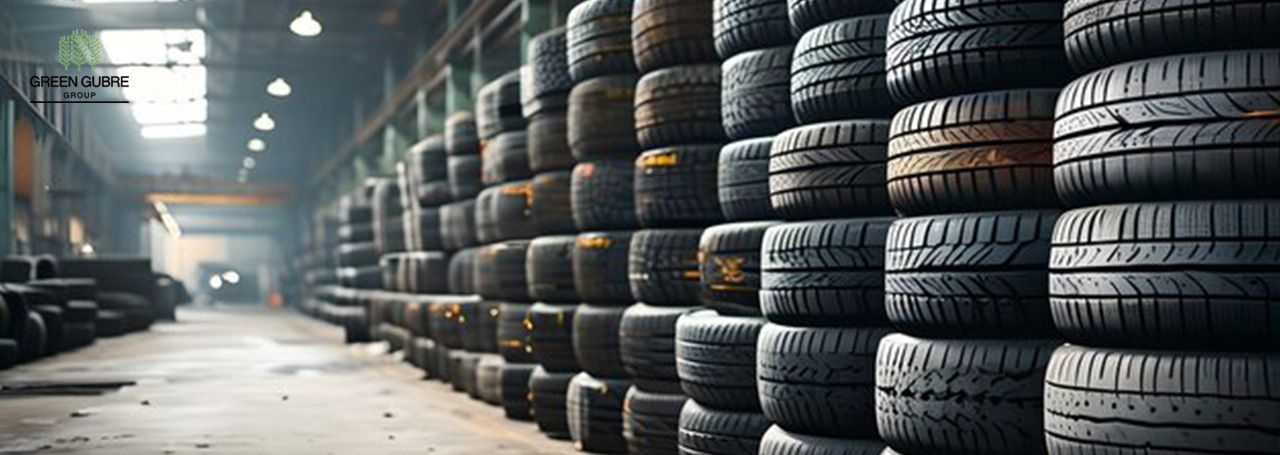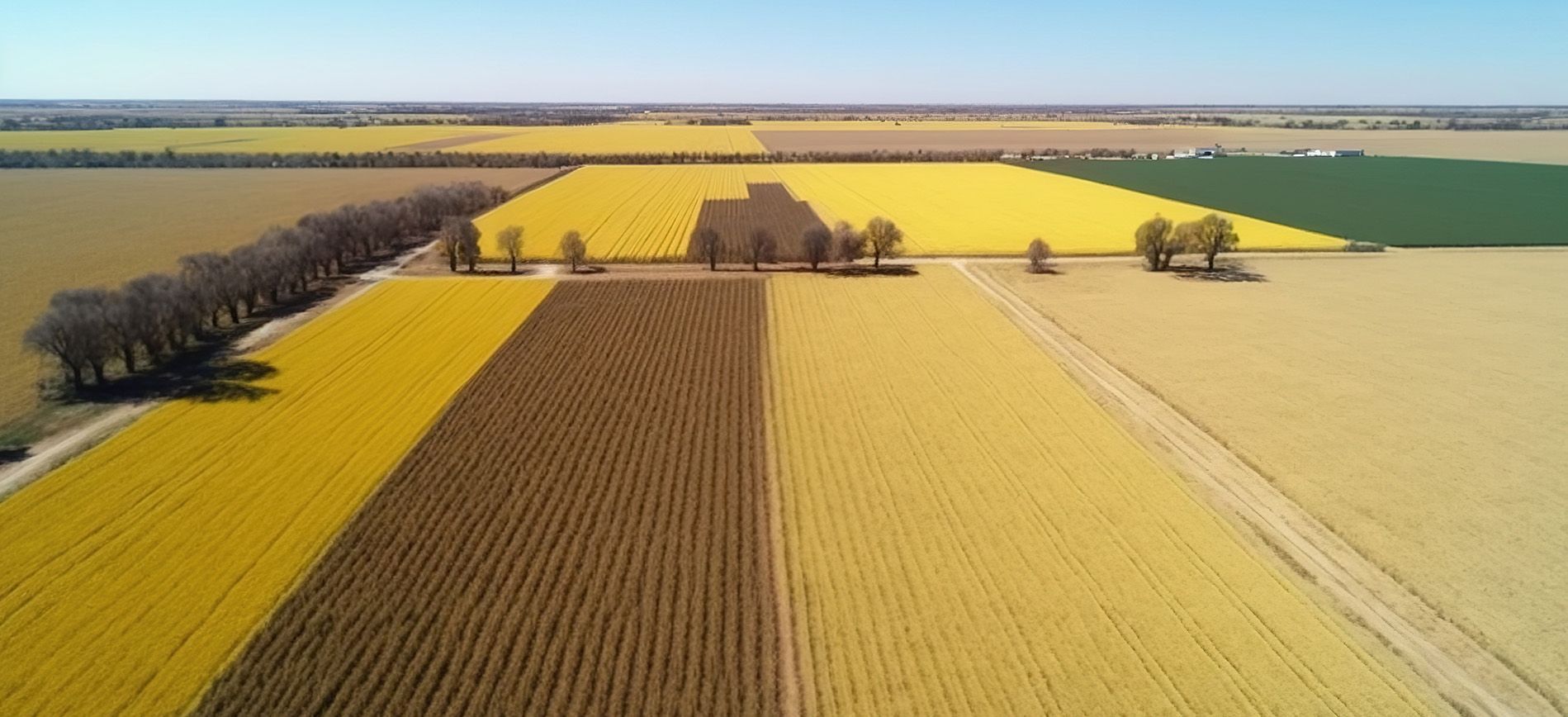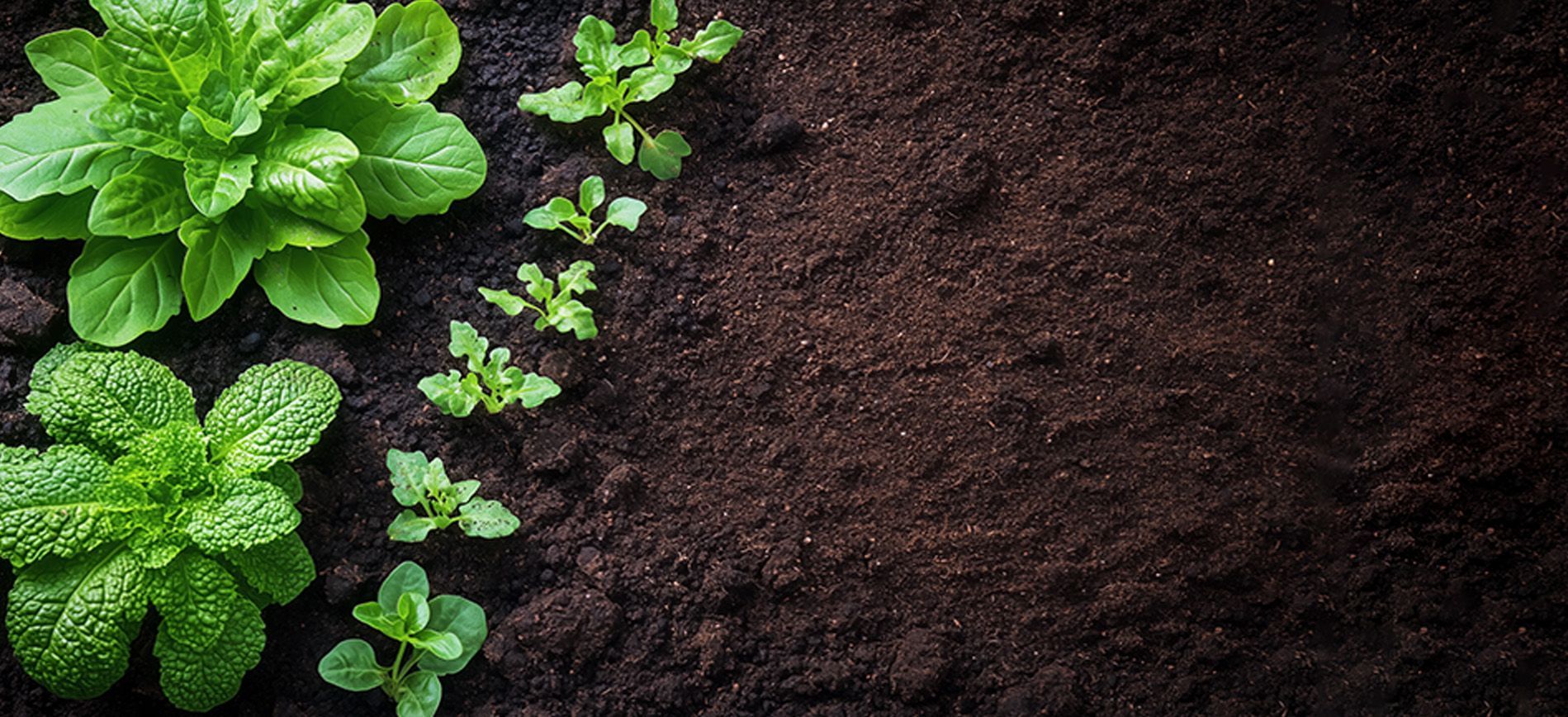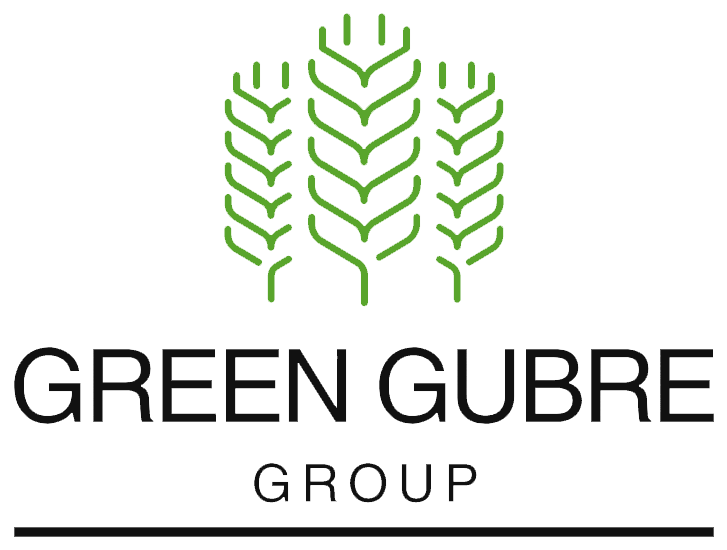How Synthetic Rubber is Made: A Step-by-Step Guide
How Synthetic Rubber is Made: A Step-by-Step Guide

Synthetic rubber has revolutionized industries like automotive, manufacturing, and construction, offering a durable alternative to natural rubber. Materials like Styrene-Butadiene Rubber (SBR) and Polybutadiene Rubber (PBR) are widely used in products such as tires, seals, and hoses. But how is synthetic rubber made? This blog breaks down the step-by-step process of creating synthetic rubber, from raw materials to the final product.
1. What is Synthetic Rubber
Synthetic rubber is an artificial elastomer made from petrochemical feedstocks. Unlike natural rubber, which is harvested from rubber trees, synthetic rubber is manufactured through the chemical processing of monomers derived from crude oil. Synthetic rubber offers superior resistance to environmental factors like heat, chemicals, and abrasion, making it ideal for various industrial applications.
2. Step-by-Step Process of Making Synthetic Rubber
- Raw Materials: The primary monomers used in synthetic rubber production are butadiene and styrene, both of which are derived from crude oil refining.
- Polymerization: The first step in creating synthetic rubber involves polymerizing the monomers. This is done by combining the butadiene and styrene in a chemical reaction to form long polymer chains. This process creates SBR, the most commonly used synthetic rubber.
- Emulsion Polymerization: One common method of polymerization is emulsion polymerization, where the monomers are dispersed in water with a surfactant to create an emulsion. This method is used to produce SBR and PBR.
- Vulcanization: After the rubber is polymerized, it undergoes vulcanization. In this process, sulfur or other curing agents are added to cross-link the polymer chains, improving the rubber's elasticity, strength, and durability. This step is crucial for making the rubber suitable for industrial use, especially in tires and seals.
- Processing into Final Products: Once vulcanized, the synthetic rubber is processed into sheets, blocks, or pellets and used in manufacturing products like tires, hoses, gaskets, and belts.
3. Common Types of Synthetic Rubber
- Styrene-Butadiene Rubber (SBR): Known for its abrasion resistance, SBR is widely used in tire manufacturing, as well as in conveyor belts and shoe soles.
- Polybutadiene Rubber (PBR): This type of rubber is used in tires and golf balls due to its high resilience and resistance to wear and tear.
4. Advantages of Synthetic Rubber Over Natural Rubber
- Durability: Synthetic rubber is more resistant to heat, chemicals, and weather conditions than natural rubber, making it suitable for demanding applications.
- Consistency: Synthetic rubber production can be tightly controlled, ensuring uniform quality and performance.
- Cost-Effectiveness: Synthetic rubber is often cheaper to produce than natural rubber, especially in regions where crude oil is more readily available than rubber trees.
Conclusion
The production of synthetic rubber is a complex but highly efficient process, offering durable and versatile materials for various industries. From the polymerization of raw materials to vulcanization, synthetic rubbers like SBR and PBR are indispensable in the manufacturing of tires, seals, and other products. As technology advances, the synthetic rubber industry continues to innovate, meeting the demands of modern manufacturing.




